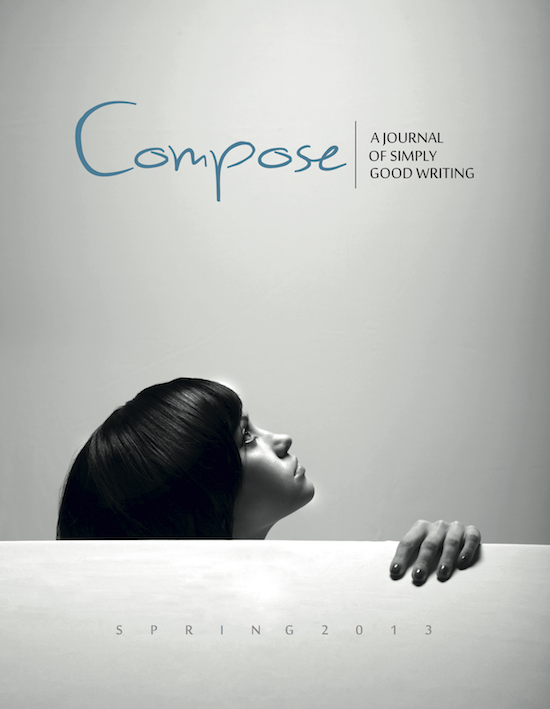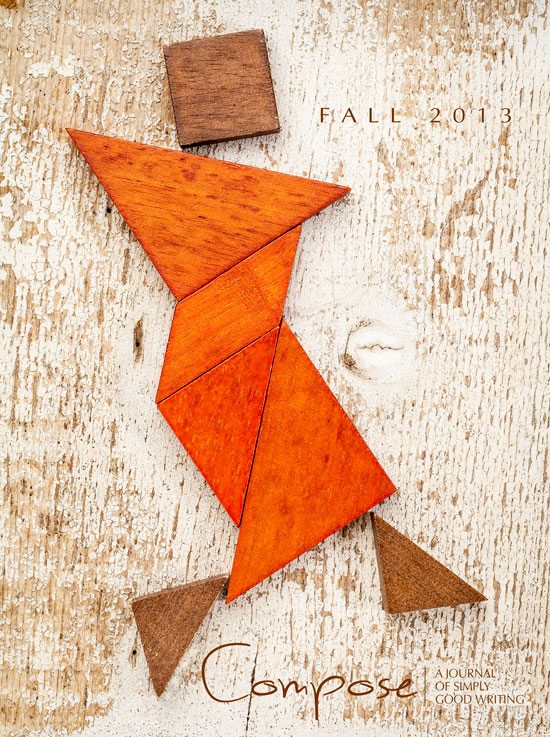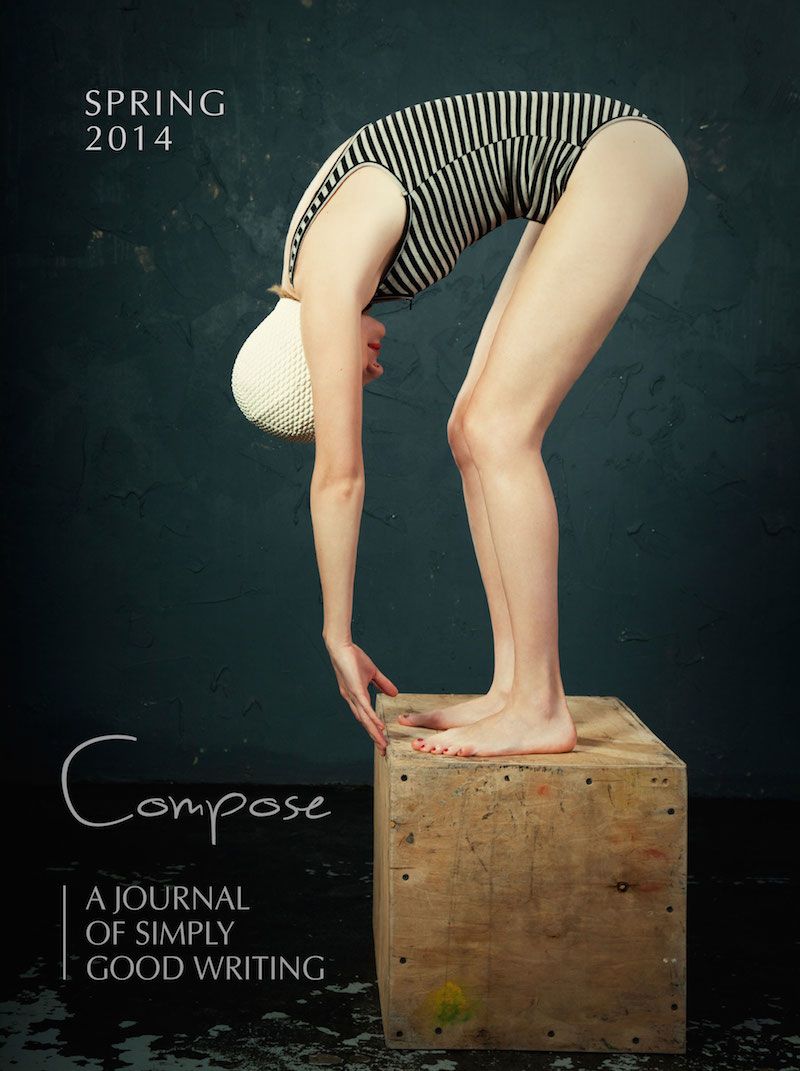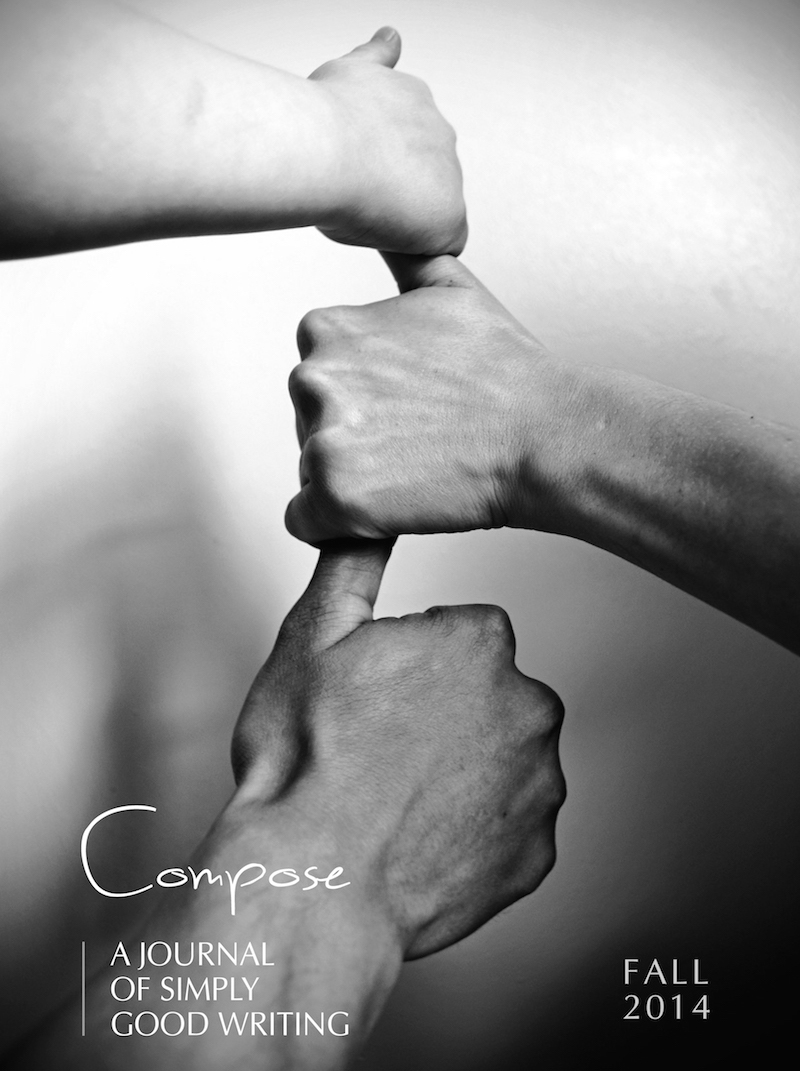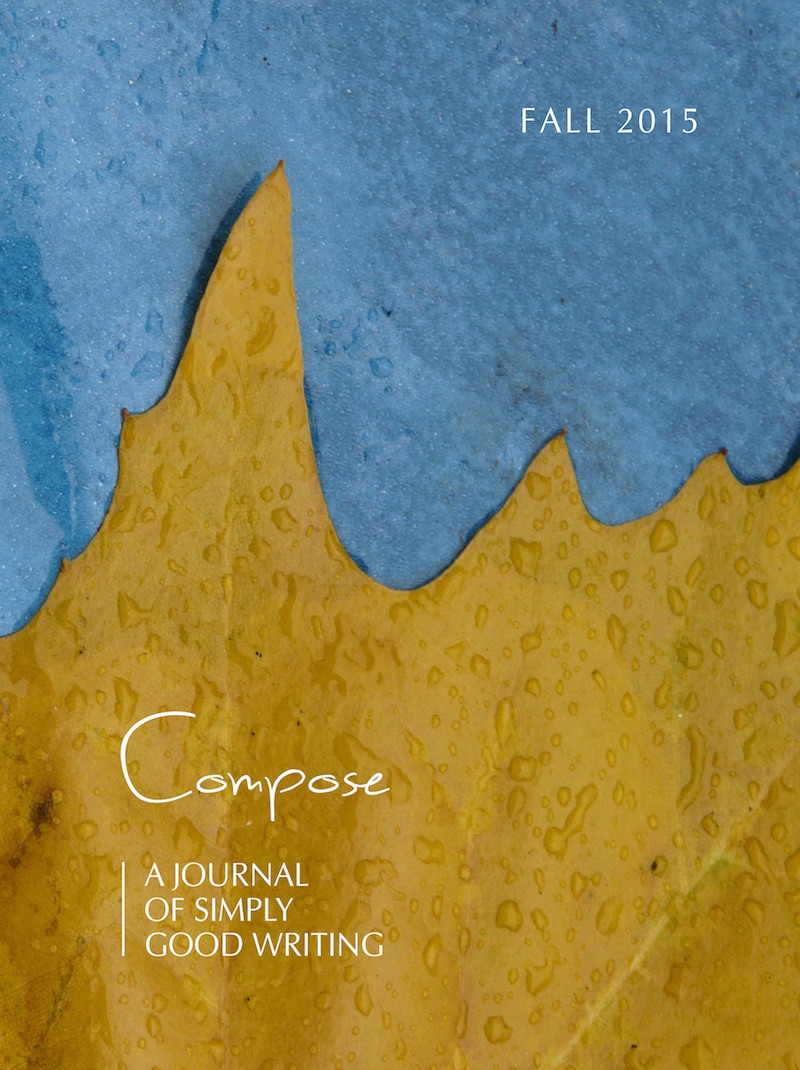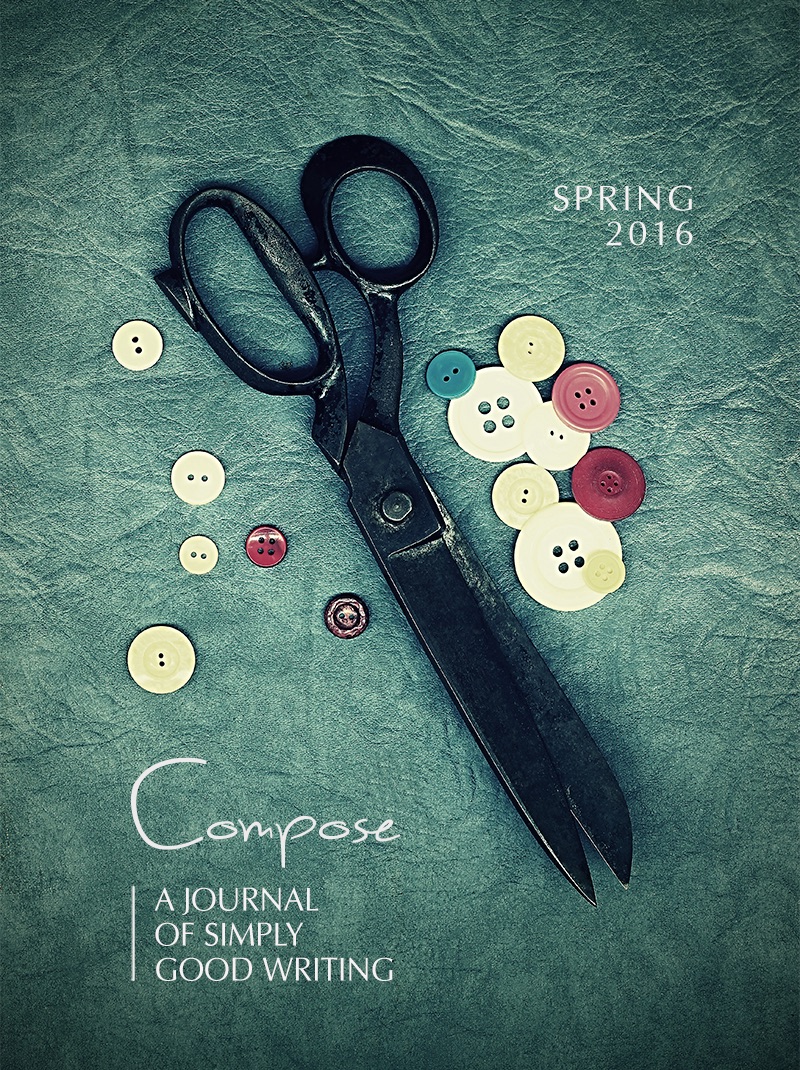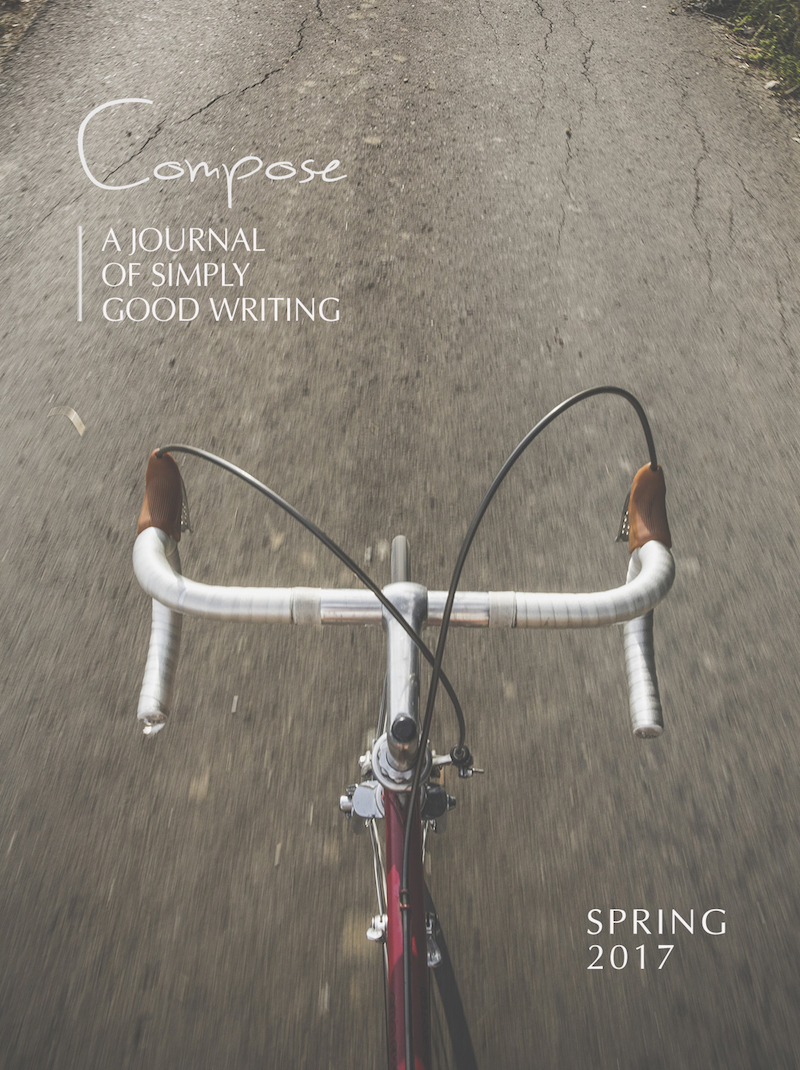On Plotting the Dime Novel

A conversation between Kathleen Glassburn and Laura Madeline Wiseman
“The dime novel is making a comeback!” claims Red Dashboard Publishing.
This Princeton, NJ, company is reviving a form that was popular from the late 1800s through the 1950s. Dime novels were short, inexpensive, and written across a variety of genres.
Red Dashboard says, “Today’s ‘flash novel’ is really a new take on an old idea: stories just shy of novelette length, with numbered chapters rather than asterisks, and which [ . . . ] compress a narrative otherwise ‘novelistic’ in scope into a short form suitable for a single reading or download.”
Red Dashboard’s current series of dime novels includes The Bottle Opener by Laura Madeline Wiseman, whose poetry appeared in our Fall 2013 issue.
Kathleen Glassburn, managing editor of The Writer’s Workshop Review, recently caught up with Wiseman to discuss The Bottle Opener.
Laura Madeline Wiseman is the author of more than a dozen books and chapbooks and the editor of Women Write Resistance: Poets Resist Gender Violence (Hyacinth Girl Press, 2013). Her books are American Galactic (Martian Lit Books, 2014), Some Fatal Effects of Curiosity and Disobedience (Lavender Ink, 2014), Queen of the Platform (Anaphora Literary Press, 2013), and Sprung (San Francisco Bay Press, 2012). With artist Sally Deskins, her collaborative book is Intimates and Fools (Les Femmes Folles Books, 2014). Her most recent book is the collaborative collection of short stories The Hunger of the Cheeky Sisters: Ten Tales (Les Femmes Folles Books, 2015) with artist Lauren Rinaldi. She holds a doctorate from the University of Nebraska-Lincoln and has received an Academy of American Poets Award, a Mari Sandoz/Prairie Schooner Award, and the Wurlitzer Foundation Fellowship. Her work has appeared in Prairie Schooner, Margie, Mid-American Review, and Feminist Studies. Currently, she teaches English and Women’s and Gender Studies at the University of Nebraska-Lincoln.
A Conversation between Kathleen Glassburn and Laura Madeline Wiseman
Kathleen Glassburn: I enjoyed the plot and story of The Bottle Opener. Before we go any further, I want to clarify what I mean by plot and story. Different writers and editors do not always agree on these terms. For our purposes, plot is the list of events in order of their presentation to the reader. (Picture someone telling everything that happened in a movie—first this, then this, then this . . . ) By contrast, story is the same events listed in chronological order, the order of their original occurrence. (Picture what happens with respect to timing.) This idea came from The Art of Reading taught by Professor Timothy Spurgin, referencing the Russian Formalists.
With these terms in mind, I want to say how intrigued I am, trying to figure out the story elements of The Bottle Opener. Your vivid, poetic language has pulled me through from start to finish. The mystery (what’s going on here?) is why I wish to analyze each section. There are 36 entries, each titled, each considered a separate narrative poem. In this interview, I will only write about 11 sections, showing how I understand them, and leave the remainder for future readings.
Laura Madeline Wiseman: That’s a great definition—thinking separately about the plot of a novel and the story of a novel. When I taught the personal essay this semester, we talked a good deal about Vivian Gornick’s notions of the situation and the story and the ways in which writers explore personal experiences to consider broader truths. Gornick writes, “Every work of literature has both a situation and a story. The situation is the context or circumstance, sometimes the plot; the story is the emotional experience that preoccupies the writer: the insight, the wisdom, the thing one has come to say.” When I teach the personal essay, I try to help students consider their experiences or situations as things that could happen to anyone (e.g., parents’ divorce, part-time jobs, travel, dying grandmothers, hometowns, starting college, etc.). Demographically speaking, my students are mostly Nebraskans or Midwesterns, mostly white, mostly eighteen to twenty-two years of age, and mostly middle-class. Because of their similarities, they are good peer readers for one another’s papers because the topics they pick are ones many of them have experienced and are, in some ways, (almost) universal to the students in that classroom. Once they move from seeing their situations and experiences from unique to universal, I ask them to consider why they are telling this experience, that only they can say, unique to the persona/self they’ve created in the essay. I ask them, if they’re writing about it, why does it matter? What does their experience mean to them? It is then we can talk about the story, the thing they’ve come here to say.
I think your definition is smart when considering the dime novel. The plot is what the reader sees on the page, irrespective of time, but the story is the larger whole, what happens chronologically, the order of original occurrence.
KG: I like Vivian Gornick’s notions of the situation and the story and the ways in which writers explore personal experiences to consider broader truths, as well as your comments about teaching the essay. This is something I always wonder about, What personal experience evoked this story? But, back to plot/story:
Jerome Stern wrote, “when we call a [work] plotless we mean that the writer has not created . . .interlinking of cause and effect—has not deployed intrigants, developed momentum, or used the traditional narrative devices that seduce and impel readers through the work.” Using this definition of plotless, The Bottle Opener definitely has a plot. I’m rereading it as I think about this discussion and my impressions of plot—what happens in the beginning, middle, and end. I’m going to share my notes for the first three chapters:
“A Bottled Message” —Plot. On the beach. Protagonist “I” with husband “you” as they find a washed-up bottle. He throws it back even though she asks for it. He says it will come back. There’s an unread message in this bottle. The end line, her thought, “No, some don’t come back,” is the message for me. Right away there is tension, plus that last line is ominous.
“The First Bottle” —Plot. In the motel room. Ah, this is mysterious. Who put the bottle there? I love the line “Maybe it’s like a pillow mint.” Gave me a chuckle when I was feeling a bit uneasy. But, what’s adding to my uneasiness? ” . . . you tipping back the bottles of beer like it was a race.” Conflict. She’s eating treats such as Greek yogurt, and happy with this, rather than drinking with him. The beginnings of alcoholism seem to be a theme here. Bottles—liquor. Fits together.
“Amateur Bottleer” —Plot. Next day. Her in the motel room/him at the beach. What’s a “bottleer”? I don’t find a definition for it— “buccaneer” comes to mind, “pirate.” Bottles. A bottle of rum. “Amateur” reinforces the idea that his alcoholism is just beginning. More tension here: her alone “trying to work.” Then, she goes to the beach. He’s built a wall of bottles, one he thinks was from the night before. Are most of these empties that he has drunk while there by himself? I can’t remember when the timeline deviates, but I think it has to do with flashbacks about the father, who I assume is an alcoholic.
What do you think?
LMW: I adore your notes! It’s so nice to “hear” back my chapters that way. It’s a gift. Thank you. I didn’t do an MFA. I did a BS in English literature and women’s studies at Iowa State University. During that time, I did take several creative writing workshops and had the opportunity to study the craft of fiction. I did a scholarly master’s degree in women’s studies and a doctorate in English with a creative dissertation. While working on my PhD, I had the opportunity to take several poetry workshops and a few workshops in prose, but my focus throughout my degree was poetry, in part because there was a push to choose a genre. I chose poetry, even though throughout my poetry and scholarly writing for the degree, I also wrote creative nonfiction and fiction. Your comments make me feel a little nostalgic for the analytical thinking that goes into workshopping, the bumping up against craft questions as one is seeking what ways to choose how to revise.
Your question about the term bottleer—I’ve gotten a few times since The Bottle Opener was released. My father is a member of an antique bottleers club. When I was a girl, my sister and I were members as well. I’m not sure how that happened—if there was a family membership or a kid membership or an honorary membership for member’s children. Whatever the reason, my sister and I had little lapel pins with the club’s logo and name that we wore to the annual show and sale. I just searched the OED online for “bottleer” and it said “no dictionary entries found for bottleer.” The OED is wrong. My dad is a bottleer. All his friends are. As a kid, I was too. If the OED called me up and asked me to define it, I’d say it’s someone who collects bottles, preferably ones found at the bottom of old privies.
KG: So, we agree, “bottleer” is a legitimate term! I must put this comment in: “At the bottom of old privies?” Moving forward to the 14th entry, “Privy,” I read about the narrator’s father’s task. Incidentally, I’m considering this entry as part of the story, backstory relayed to the husband. From my sanitized world, a privy image is pretty startling! However, who knows what’s below the foundation of my very house? What treasures could be found there? This is a type of archaeology.
LMW: I agree. It is unsettling, but the good news is that after about one hundred years, privies are mostly dirt, roots, brick, pottery, and old bottles, or at least, the ones that I’ve had the honor to crouch beside.
KB: Here’s my continuation of plot/story thinking and my notes on your next three chapters.
“Tombstone” —Story and Plot. Flashback. The father is brought in here, along with an anecdote about a found stone shaped like a tombstone, mysteriously “unweathered” and clean. It was found in an ash pit. Evocative—ashes, death. This was a family story that the narrator pondered as a child. Depending upon what flashbacks and back story that are coming up, this might be the first story entry. Interesting last lines of how narrator envisions the husband on the beach. Nice images. No conflict apparent, except “the red orb swallowed by the sea.” Hmmmm, the lovely images swallowed. Also, him with a bottle in his hand.
“Self-Portrait” —Plot. Wow! This is full of evocative imagery and foreshadowing of the ending. Also, following “Tombstone,” this does not hearken well for the husband. Doing touristy things. The narrator didn’t drink or draw, but wrote notes as the husband drank and then ordered a case for home. They go to a no-kill cat shelter where it ends with her wandering “to stand before the cat room, the glass door looking into what was never asked to die.” The cats don’t have to die, at least for now, but what will happen to the husband, who’s been carrying a drift bottle and then drinks the cheap red wine?
“Holdings” —Plot. “Dreams that sink into a glittering blackness, a whirl of senseless noise.” Phew! What is going to happen to their dreams? Narrator was “never sad.” She didn’t realize what was happening? Bottles to empty and then fill up. He says they are coming back. She wants to go someplace else, but agrees. She fails to question his actions?
LMW: Yes, I love this! It’s so smart to think about these chapters in story and plot time. I think a lot about the narrative arc and time when I’m working on a book of poetry. Pacing is important in storytelling, whether that’s moving through time or through emotional pitch. When I’m working on a manuscript, I reread every page at least a hundred times, moving things around, revising, polishing the language, linking each piece to the ones that came before and to those that come after. Emotional pitch is important. Readers, or at least the reader that I am, need the highs and lows, the thrill with the calm, the humor with the darkness, the love with the loss, because life moves that way. I once went to a production of Hamlet, a play I knew well. Yet, this particular performance and the director’s particular vision of it, almost made Hamlet into one driving, tension-building chase scene. There was no relief for the audience. When my party of four were finally able to stumble into the night air and find our way to our car, the relief was the shock of the wind, that bracing against winter’s chill, and the laughter our half-running down the sidewalks created. Perhaps for that director and cast, Hamlet needed to be produced that way, but for me as an audience member, I need balance. I need to feel a range of emotions, for sweetness is sweeter by having the contrast of difficulty. A good example of this is Ellen Bass’s new book Like a Beggar, a collection that moves between these two extremes, often opening with the more harsh or jarring image and then offering the sweeter or gentler image at the end of the poem. Reading her work, it’s astonishing to see how much emotional play can be generated by just a handful of contrasting images.
Considering how emotions influence structure, when I pace my books I think of what the reader needs to know to keep them moving through the story, but also where to release tension, even if it is returned to later. Part of the flashbacks’ structural positioning in The Bottle Opener are to give the reader backstory, but also to add in humor as the plot moves forward to explore why the husband seeks to decode the messages in the bottles and once decoded what the bottles mean to the narrator.
KG: You do a fine job with pacing in The Bottle Opener. There are many parts that are poignant and to be savored for the beauty of expression, and then the tension smacks me again. These next five sections all show this.
“Some Kind of List” —Story and Plot. The narrator is speaking to the husband about a newsletter her father writes. “I’m sure I told you my dad writes a newsletter . . . In today’s newsletter he wrote . . .” She is speaking to the husband on their vacation, but through this device she fills in some more back story. Perhaps the newsletter is on the Internet. This is a sweet recollection, but the tension comes in with the father’s comment about a confrontation with a policeman. Then, touching: “I like to think of my dad as on a list of hole diggers, like I like to think of you on a list of beach combers. . . ” These are nice images, but the underlying connection of father and husband, both alcoholics is there.
“Homeward” ˆ—Story. This is a flash forward. The end of their vacation. Driving home. I like this: “Farewell messages still out on the drink.” They’re leaving a place “. . . not our culture, not our people, not our state.” But, what awaits them at home? I’m feeling more uneasy. Some truths have come out of this time away.
“Treasures on the Road” —Story and Plot. Flashback. Memory of going with her father in his truck gathering throwaways. Now, going with husband from one beach to another, eventually back to the motel. Shirts from breweries visited made into a quilt. His fascination with drift bottles, part research. What is he researching? Another link father and husband.
“Love With You” —Plot. The idea that the narrator wants spoken affirmation of husband’s love and he says, “I live with you, don’t I?” Unable to express his feelings. Wrenching last sentence. “I decided to let myself be charmed by you, by how easily you let live slip into love, the i dissolving into the open vowel of want.” Narrator is choosing to be with him, despite her own desires.
“Coiled Message” —Plot. Last night of their vacation. Messages from bottles on bed. Sexual imagery. Did he throw the bottles away? In the motel wastecans? Cultural references. He wants to watch Message in a Bottle. Interesting juxtaposition with last entry. Hasn’t seemed like a romantic sort of guy. Yet, he pulls narrator to him “in silence.”
I’ve analyzed 11 sections with the idea of plot and story, forming my reaction to what is happening as I have read. Reading the next 25 sections in the same way will reinforce my initial interpretation, I think, but I’m looking forward to some overlooked messages. This is the joy of closely reading a work as textured as The Bottle Opener happens to be.
Now, I’d like to discuss your connection with Red Dashboard, the publisher of your dime novel.
LMW: I first connected with Red Dashboard via Z-Composition. Z-Composition featured a few pages of the collaborative book of art and poetry that I did with the artist Sally Deskins, Intimates & Fools. Sally was great about getting the word out about our collaboration—journal features, readings, interviews, gallery shows. Z-Composition was one of the first places a page from the book appeared.
During the Indiana Writers’ Consortium Conference and Bookfair this year, I met Red Dashboard author Marian Cohen. She attended the Women Write Resistance reading at Purdue Calumet and asked a thoughtful question during the Q&A. I ran into her the following day at the conference after Kate Collins’ panel on dialogue. We chatted a bit then, and on the last day of the conference we were both featured authors at the book signing at Barnes & Noble, with Kate Collins, Barbara Shoup, and Meg Eden. We traded books and I asked her about her Red Dashboard title, given that I’d had such a pleasant experience with Z-Composition. She spoke highly about her work with them—always a good sign of a great press when an author has only good things to say. When I saw Red Dashboard open for dime novel submissions, I submitted. A few months later, my flash novel The Bottle Opener was accepted.
KG: It’s exciting the way connections sometimes just happen. A reason to continue putting yourself out there!
You are a poet, yet you have written a dime novel that definitely contains a story. Can you talk about genre in The Bottle Opener and your other works?
LMW: Genre is such an interesting discussion. The Bottle Opener is a flash dime novel. I write across and in multiple genres. My critical introduction to Women Write Resistance: Poets Resist Gender Violence is an academic essay. My most recent books, American Galactic and Some Fatal Effects of Curiosity and Disobedience are poetry, but collections—like my two recent chapbooks Spindrift and Threnody—that collect work flirting with the line between prose poetry and flash fiction. Intimates and Fools collects poetry and art, a presentation of poetry that challenges visual expectations of a poem. I recently interviewed Wendy Barker who wrote Nothing Between Us, a lovely collection that defies easy genre classification, but a book that is gripping, brutal, and honest. I like work that pushes against the expected in poetry and prose. Another author I admire doing such work is Kristina Maria Darling. Her book The Sun & The Moon challenges the structure of a book and the teleological structure of time to question why we posit our relationships, such as marriage, with a beginning, middle, and end. Her work invites us to imagine other ways to arrange the ways we love.
KG: Crossing and blending genre lines is fulfilling for many authors. There are so many ways to address topics. It’s freeing, but also risky, not to be packaged into a bookstore’s shelf category.
LMW: You are so right about bookstore’s shelf category! It’s a good topic when considering publishing. I’ve been lucky to have several of my books and chapbooks adopted for classes at universities—Women Write Resistance: Poets Resist Gender Violence, Queen of the Platform, Branding Girls—and luckily in those moments, the books have appeared in the designated spot assigned to the course. I’ve also been lucky to have community support. The local bookstore Indigo Bridge Books sells my books on their shelves, beside other local writers. All that being said, I think there’s something necessary in resisting genres, challenging the categories presented to us, and forging new ones. This may mean crossing genres or blending genres, creating hybrid genres, or working against genres as a means of activism. W.H. Auden said that poetry makes nothing happen. I’ve always disagreed with that notion. I think poetry does make things happen. I think art does. I think resisting genres enables writers to call into question the structures that confine us and create new ways of imaging the world through words and the vessels that contain them. That’s one thing I love about Red Dashboard and their desire to bring back and reinvigorate the dime novel. Considering how dime novels shaped and influenced other genres previously, I know writers who resist and challenge genre today are influencing and shaping what will be on the bookshelves of tomorrow. Such resistance inspires my writing process.
KG: Specifically, can you talk about the writing process and the inspiration for The Bottle Opener? How do you see crossing the line between a chapbook and a dime novel? In your acknowledgments, there are several journals where some (if not all) of these works were published. How long ago was the first one written, and did you have an idea at that time there would be many other poems which would fall into line with your themes?
LMW: I wrote the chapters in The Bottle Opener separately, as they came to me. I wrote those on drift bottles while I was a writer-in-residence at the Prairie Center of the Arts. The chapters on bottle digging are ones I’ve been writing on and off for years. They’re based on growing up with a father who collects bottles and are my way of making sense of those experiences in art. Some of the chapters came from prose I originally wrote for a master workshop I took with Naomi Shihab Nye at the University of Nebraska-Lincoln. While working with Naomi and after the class finished, the piece never felt complete. I set it in a drawer, with all the other pieces on bottling, and left it alone. It wasn’t until I wrote the flash about messages in bottles that I began thinking about writing a dime novel. In that drafting and revision process, it was moving between those two ideas—messages in bottles and antique bottle collecting—that the novel’s plot and story came to be. The real fun of writing the book is always the revision process, the place where all that early inspiration shapes into a new whole.
Kathleen, thank you so much for this discussion on plot, genre, and process. I know that you’ve written a couple of dime novels and I’m very much looking forward to reading your next one!
KG: Thank you, for a lively discussion. It’s always fun and helpful to see what other writers, as well as readers, have to say about craft. I look forward to reading more of your work, too.



